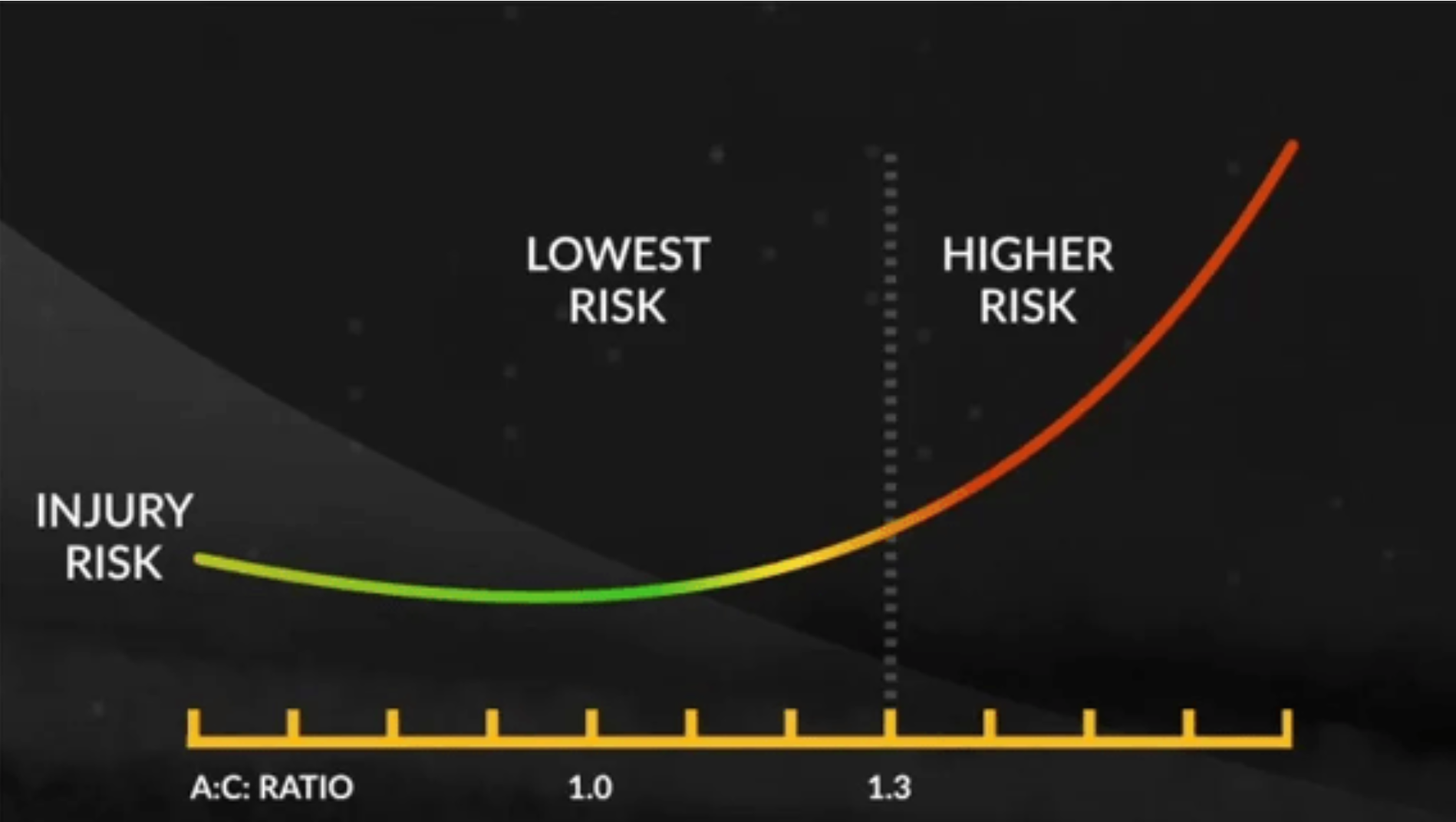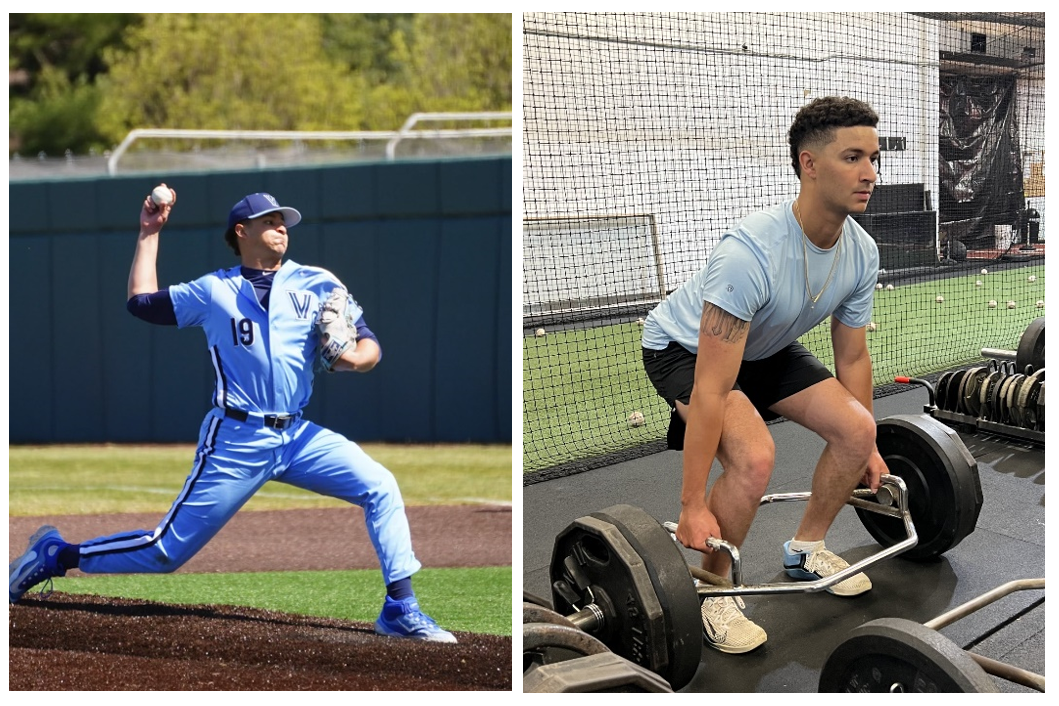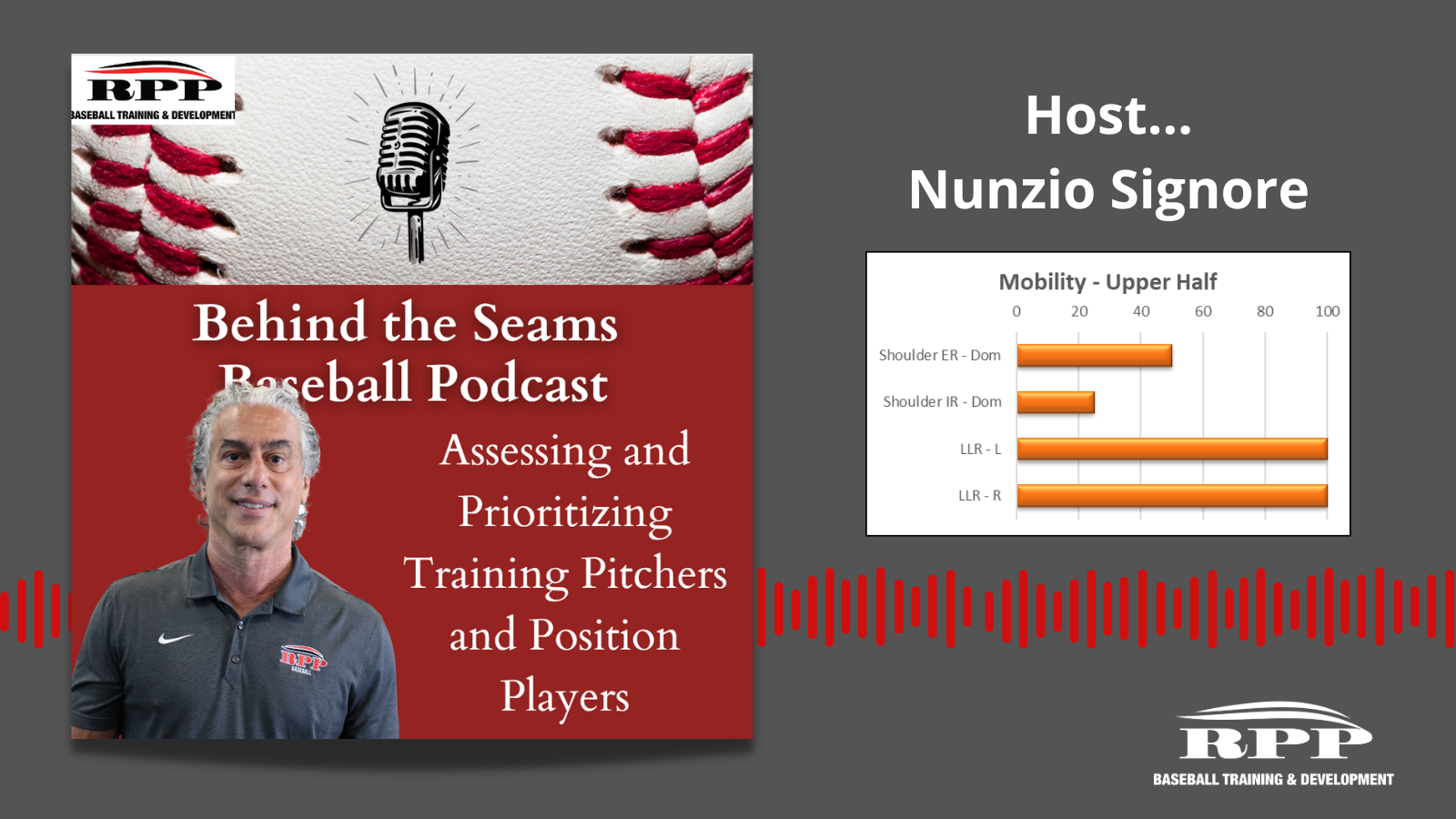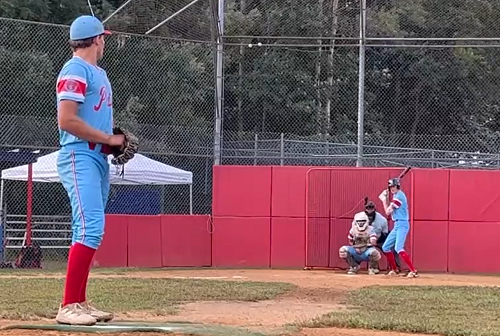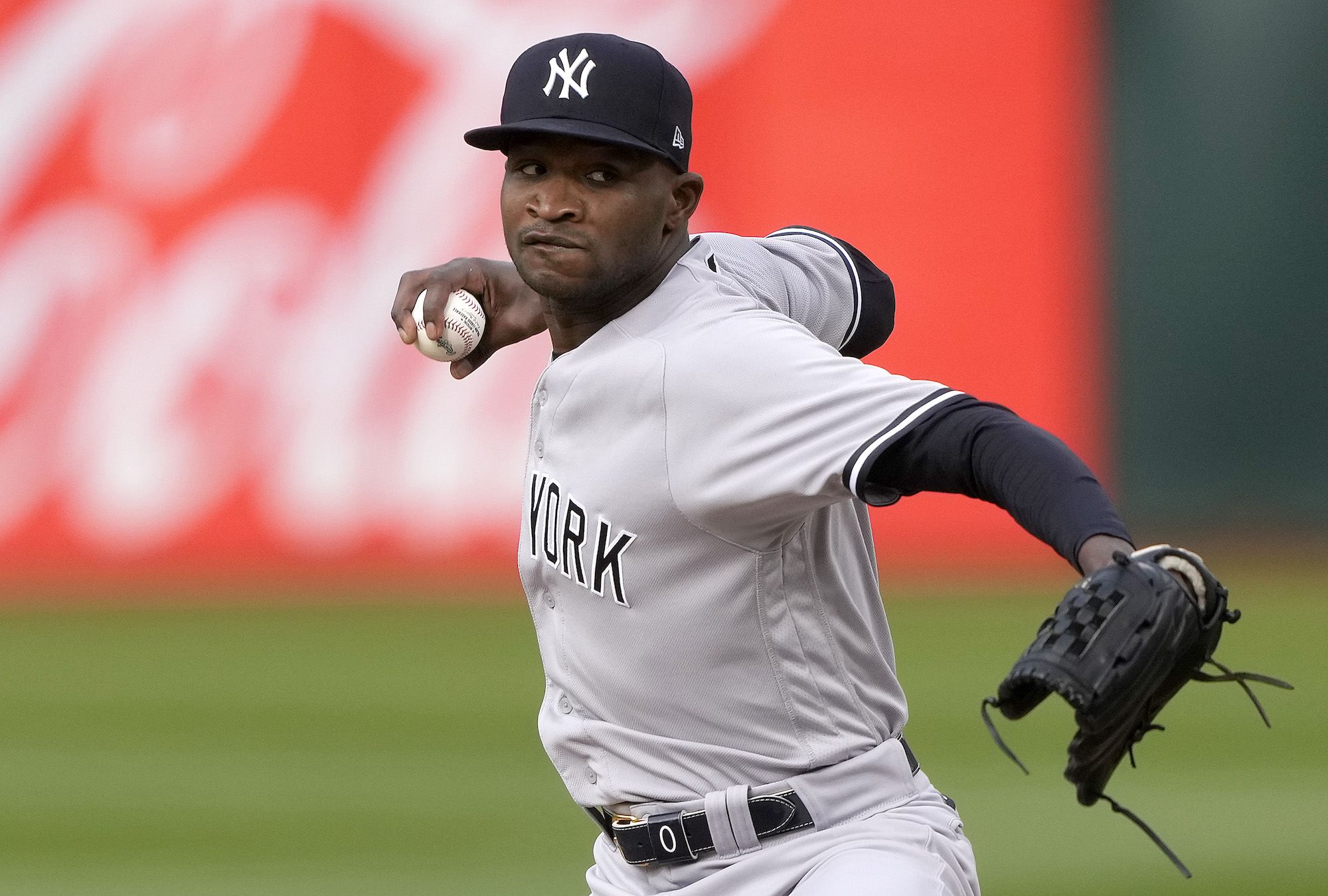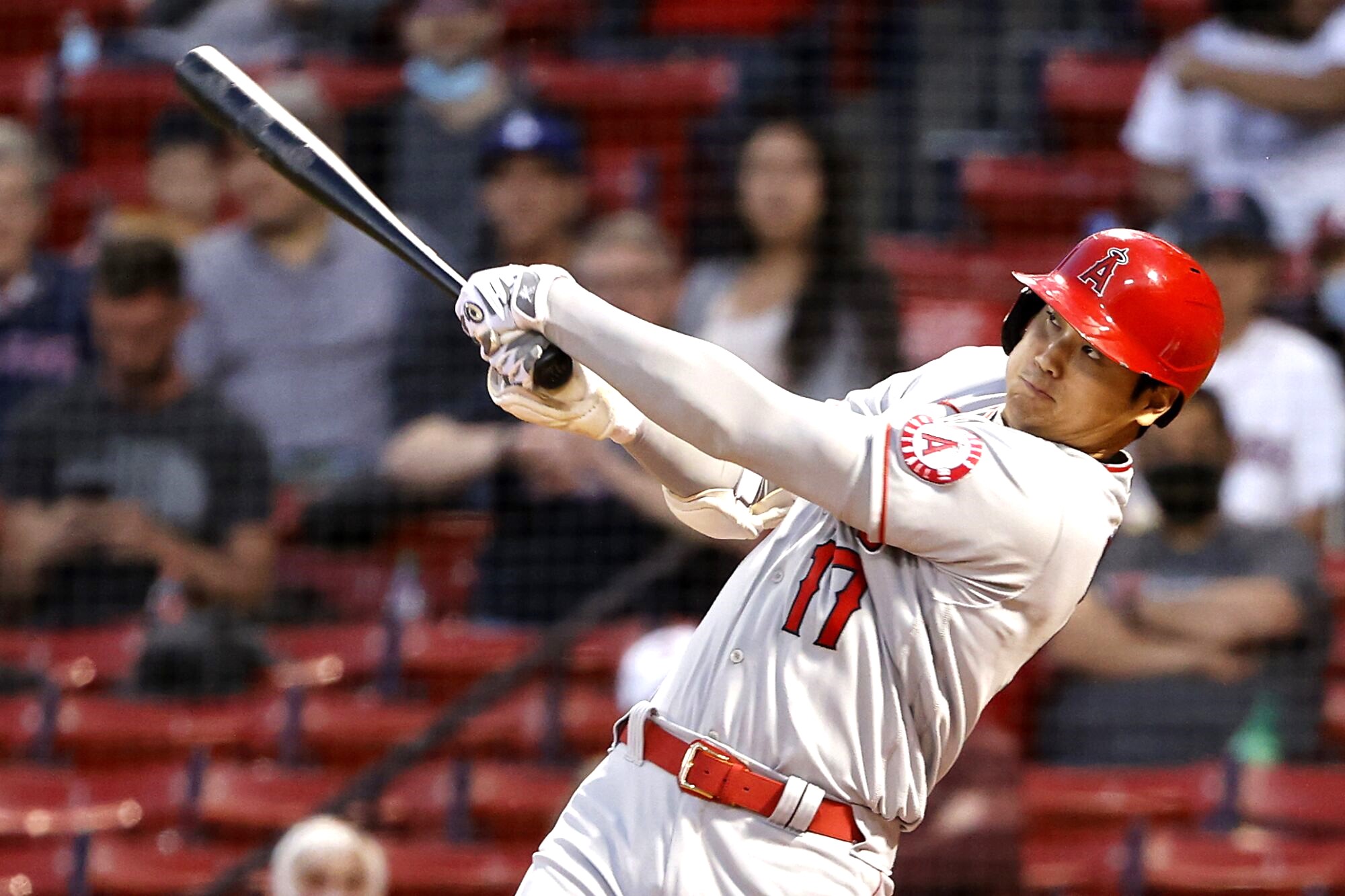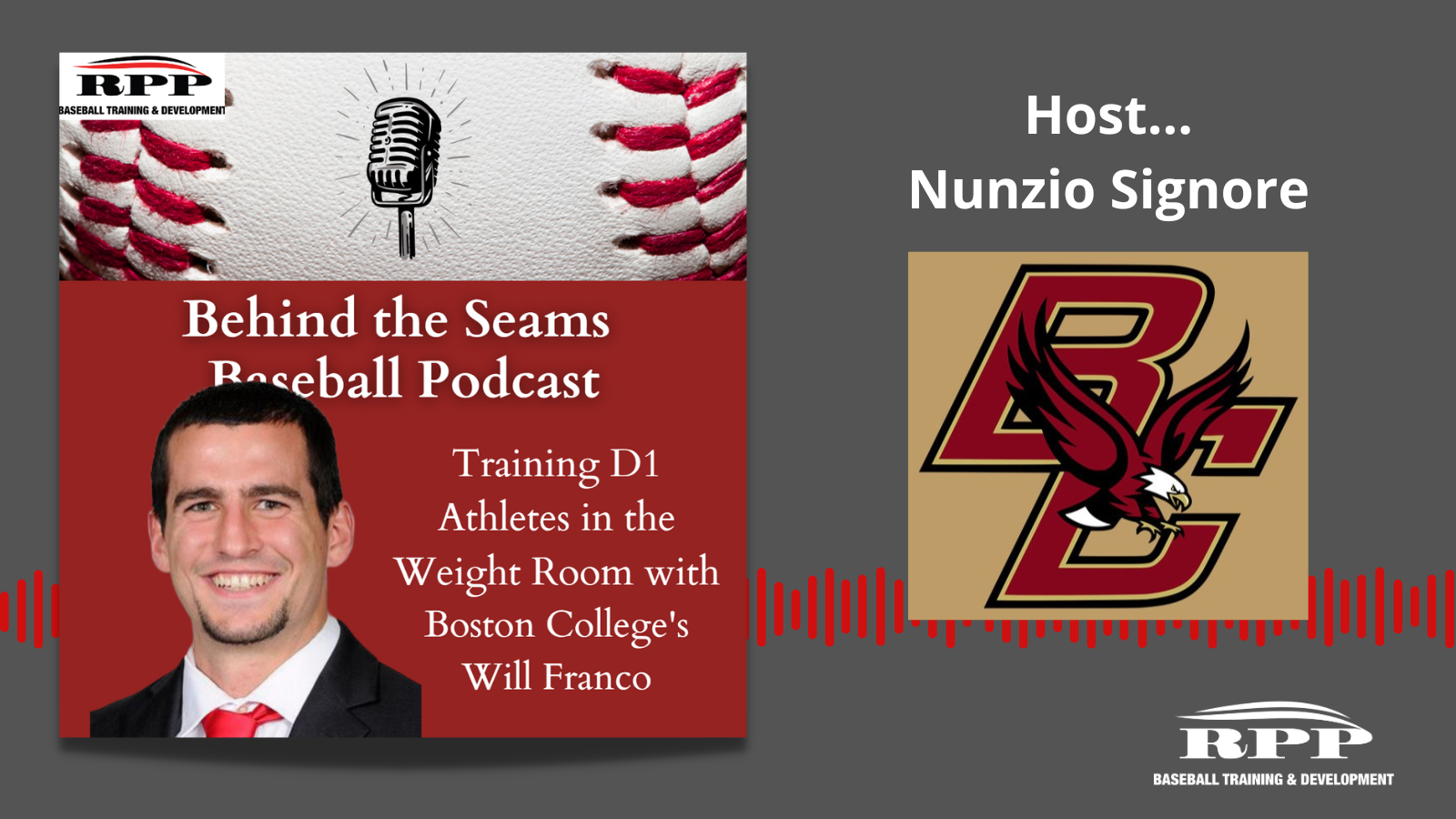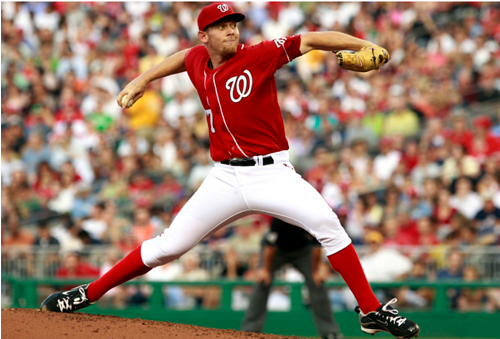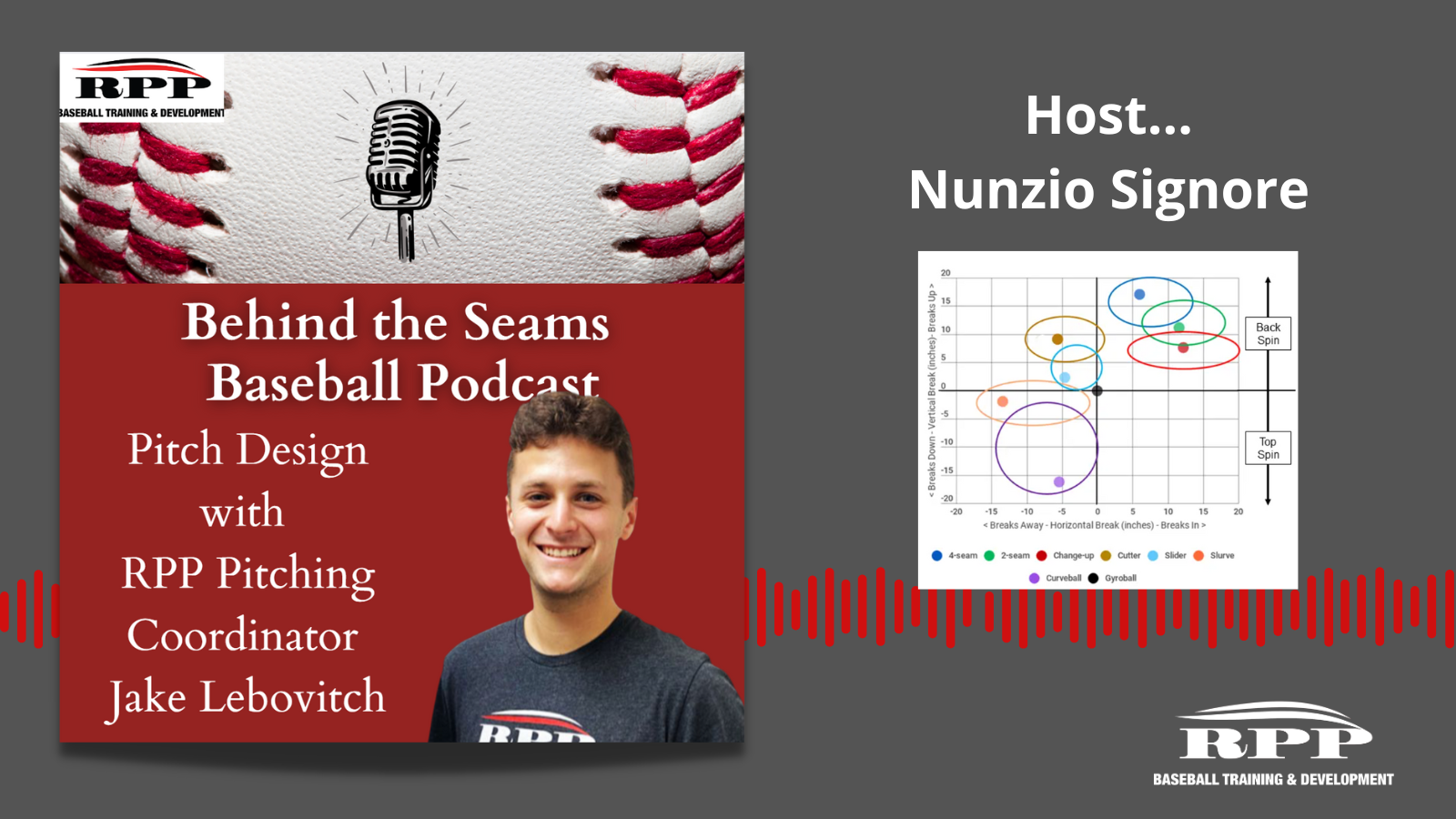
Today, we’re sitting down with RPP Pitching Coordinator, Jake Lebovitch and discussing all aspects of pitch design. This is a great episode and topics include:
-
- Evaluating pitcher’s movement patterns
- Source of pitch movement
- Most relevant metrics
- What’s good movement and what’s not
- Sequencing and tunneling
- Time it takes to see results
Continue reading “Podcast #59: Pitch Design with RPP Pitching Coordinator Jake Lebovitch”


